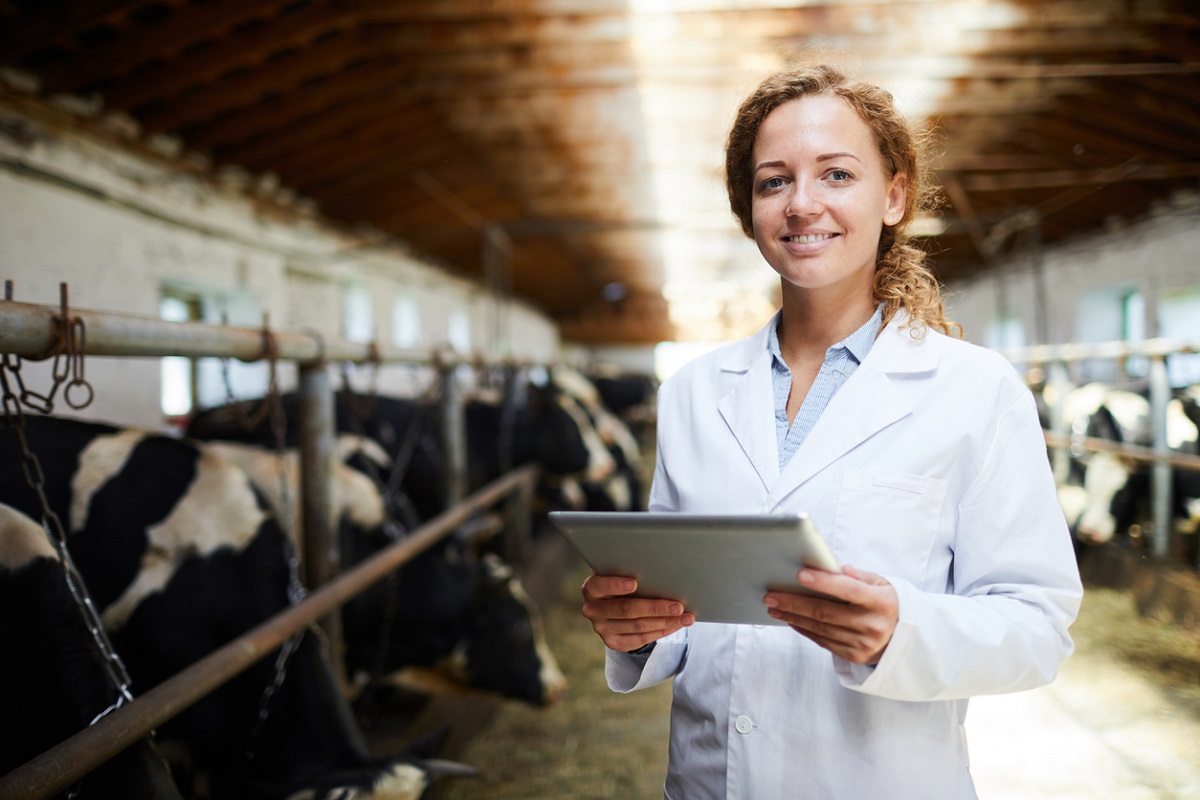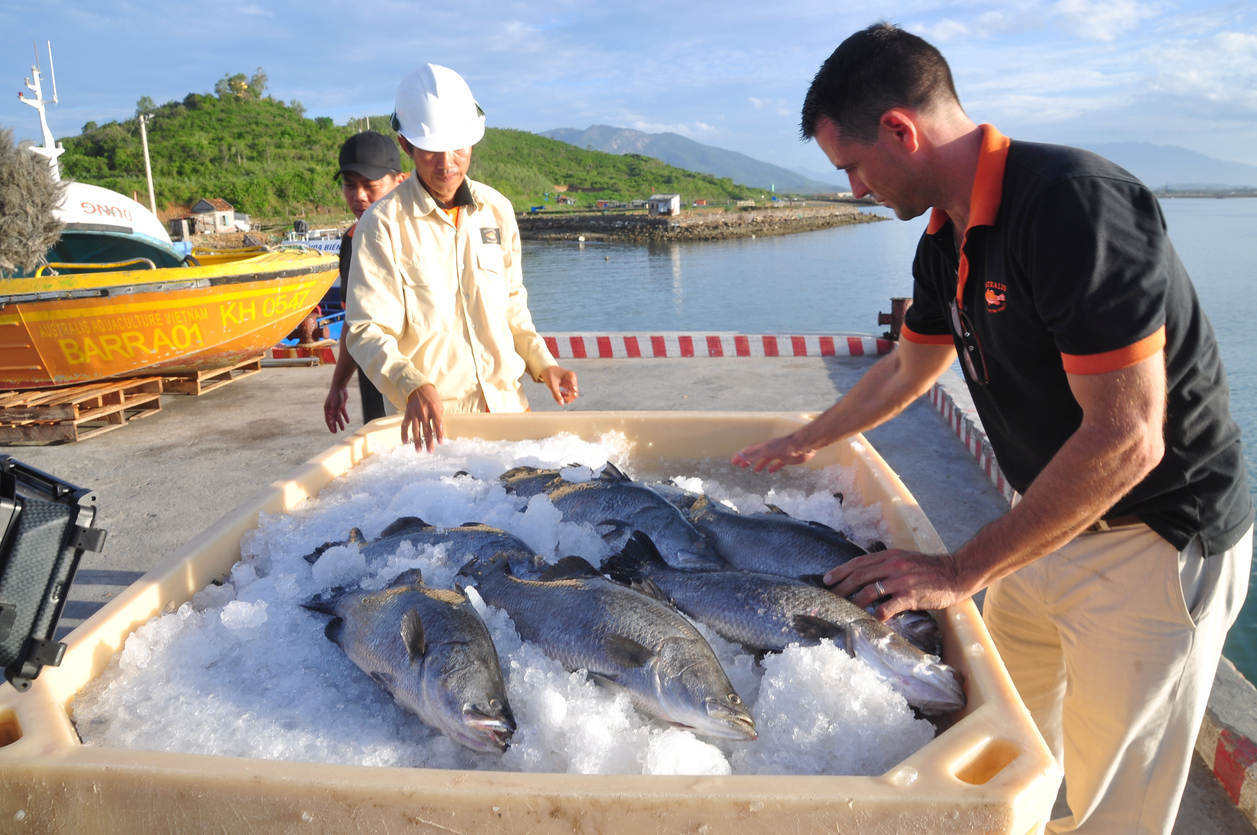Overcoming Challenges in Animal Biotechnology Research
| |
ISAAA, the US Department of Agriculture, Virginia Polytechnic Institute and State University, and partners conducted online regional workshops in 2020 to discuss challenges and opportunities in the animal biotech sector. These workshops complement the Webinar Series on Regulatory Approaches for Agricultural and Food Applications of Animal Biotechnology held in the same year. The insights of the online regional discourses are published in Transgenic Research.

Researchers, developers, regulators, and young professionals from Latin America, Africa and the Middle East, North America and Europe, and Asia and Oceania regions engaged in targeted breakout group discourses. This article summarizes the highlights of their discussions that may impact animal biotechnology research and regulations.
Communication is Key
All the groups who participated in the targeted breakout group discourses recognized that communication by scientists and regulators needs to be improved to gain public trust. It is important to clearly communicate consumer benefits more than producer benefits, although both are deemed important when developing an animal product. Speaking from their experiences, genetically modified (GM) animals in the pipeline that lacked clear consumer benefits had low acceptance of consumers and were more criticized by environmental groups. It does not help that most scientists can readily explain the technology behind their research yet leave out the societal benefits of their product when talking to consumers. It should be kept in mind that the public is more receptive to outreach if the concerns that are close to them are addressed.

One way to improve science communication is the conduct of various training sessions to enhance scientists’ abilities to participate in societal dialogue. Some scientists are already effective communicators but are hindered by time, resources, and funding. Investing in their ability to effectively communicate to the public in the forms of funding and institutional support will help the scientists improve and then help the consumers to learn about the technology while understanding that its benefits are also meant for them.
Regulations Influence Public Perception
Regulations play an important role in public perception. This can go in two ways: (1) regulations can encourage public trust as evaluations help prove that the biotech products are safe; or (2) restrictive regulations can make a biotech product look risky and result in the public questioning its safety. Thus, it is important to note that how a product is regulated can alter consumer perception.
Regulations also play a big role in animal biotech research, and one of the main concerns of developers and academic researchers is regulatory uncertainty. Obtaining regulatory approval is a lengthy process and can sometimes take decades to accomplish. This lengthy process is expensive. Covering these costs, which can be difficult to navigate and does not always ensure regulatory approval, requires huge funding that established biotech companies may be able to afford but not necessarily by their smaller academic and private counterparts. This situation gives the public perception that the agricultural biotechnology sector is dominated by large companies while the academics and small companies are left with limited innovation options and little incentives to pursue their research. This can be negatively perceived by the public as it builds mistrust towards the “dominating” large companies and the products that they develop.

To address this, developers have suggested that regulations be streamlined to help the academic and small biotech company researchers afford the regulatory approval process. In turn, this will shift the public’s perception that the ag-biotech industry is dominated by the large biotech companies which will then hopefully help GM and genome-edited products gain more popularity.
Harmonized Regulations Foster Marketing and Trade
Different countries have different approaches when regulating GM and genome-edited animals. These differences can limit international trade of animal biotechnology products among regions and also make tracing them challenging and expensive. The situation results in asynchronous approvals granted by the trading countries and leads to companies favoring some regions, especially those that have a large influence on global developments, while leaving other regions out. As demonstrated by the seed industry, developers have been known to delay the commercialization of their products until export into major markets becomes possible or favorable. Failure to harmonize regulations can also lead to countries imposing different decisions on which genome-edited products will be evaluated as conventional products and which will have to be assessed as GM organisms, which will further hinder marketing and trade.
Harmonized regulations among countries promote efficient international trade. To achieve this, a certain level of agreement or understanding must be met among trading partners as in the case of some South American countries.

The Biotech Landscape is Unique in Each Region
Research, animal selection, and trade of livestock occur within regions. It is important to consider that the situation of one region is unique from others when developing animal biotech policies and addressing related issues. To put it simply, a challenge or solution may be true for a certain region but not necessarily for another. The identified issues related to animal biotechnology per region are summarized below:
- African countries are challenged by the fragmentation of capacity of their public sector. Issues on training, funding, and access to technologies need to be resolved. There is also low acceptance of biotechnology in the region.
- Asian countries, except for Japan, face challenges on public acceptance, lack of research and development support, and technical expertise. But there is variation of public support and engagement among countries. It is also difficult to harmonize environmental risk assessment methods due to the varying environmental conditions in the region.
- Brazil and Argentina are leading in the adoption of animal biotechnology products not just in Central and South America but globally. Both have well-defined regulatory pathways for biotechnology and demonstrate that low- and middle-income countries with limited resources can successfully develop animal biotechnology regulations and genome editing regulatory approaches.
- Countries with large agricultural economies like the United States and People’s Republic of China will likely lead more countries to develop trade- and innovation-enabling policies as both have largely invested in the development of ag-biotech.
Participatory discussions among scientists, regulators, developers, and other key players are important in keeping biosafety regulations updated to benefit the animal and livestock sector and its consumers. To learn more about the impacts of animal biotechnology, read the full article published by Transgenic Research and the past blog entries in Science Speaks.
| Newer Post | Archive | Older Post |
Science Speaks is ISAAA Inc.'s official blog. Weekly blog articles, authored by ISAAA writers, partners, and invited contributors, aim to help share, disseminate, and promote scientific knowledge and its vital role in achieving global agricultural sustainability and development. Your support to Science Speaks will help us achieve this goal. You can help us by donating as little as $10.

